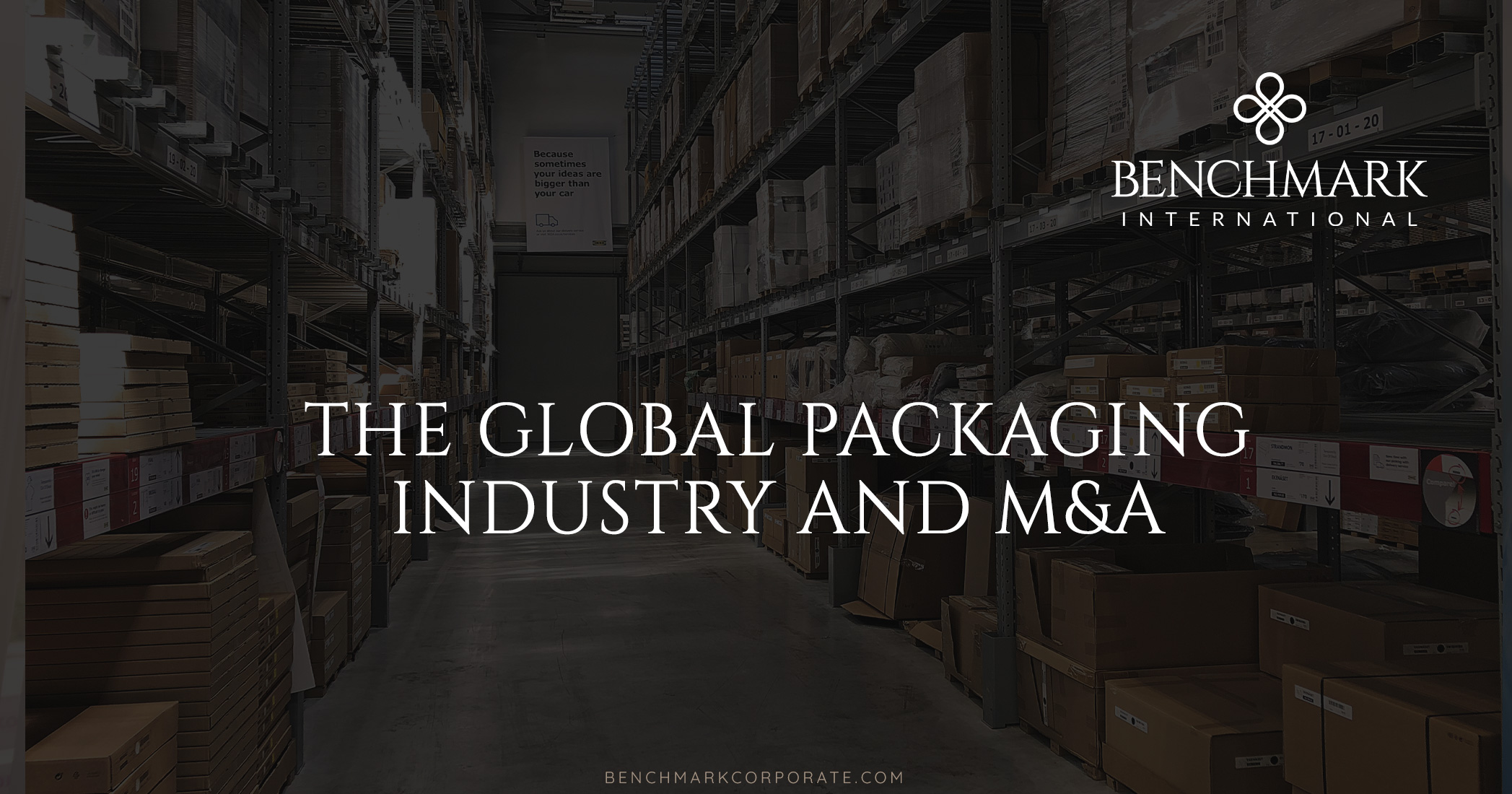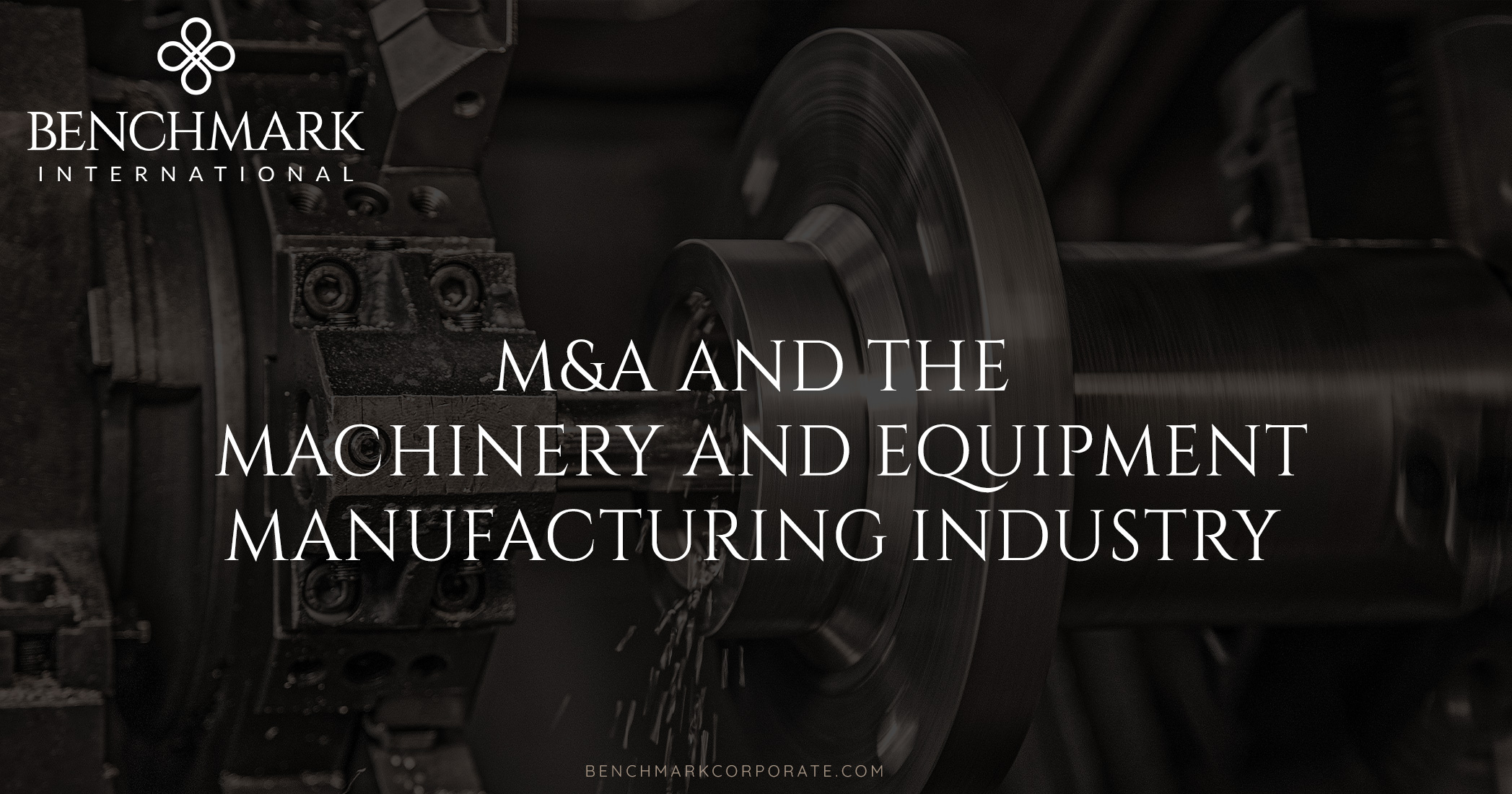“Big data” has revolutionized the once traditional methods of analyzing data, making it possible to source more data at a much faster rate and with a great deal of variables. Companies that curate these massive databases do so to help businesses across all industries make more carefully calculated business decisions.
Big data sources revenue from software, hardware and professional services. It encompasses security, storage, infrastructure, networking, discovery tools, applications, and analytics, just to name a few.
The power of big data has grown with the widespread use of smartphones, social media and apps, and its technology continues to grow into edge environments, such as network nodes and industrial machines. Data is flowing between organizations of all sizes to help save time, save money, improve relationships, provide valuable insights, and advance technology. Big data is a major player in automation, artificial intelligence, cloud computing, and the Internet of things—innovations that are impacting virtually every industry in the world.
In an increasingly digitized society, everyone is looking to get a piece of the data pie. Technology companies are built on and around data. Advertising agencies look to acquire data companies in order to gain a competitive edge when it comes to understanding consumer behavior and targeting ads to audiences. Healthcare companies are spending billions on data companies to transform everything from precision medicine to medical records. In education, teaching and learning methodologies are being transformed by the use of big data. Mergers and acquisitions firms are using big data to improve target company searches and results. Essentially, there is no industry that is not somehow touched by the use of big data, and that results in sweeping opportunities for M&A transactions.
Big Data’s Impact on M&A
While individuals, companies and governments across many different business sectors are using big data more frequently, new techniques are making it possible to analyze big data more effectively. This can have a significant effect on certain areas of M&A, such as strategy, business model validation, and valuation.
- M&A strategies include value creation, operational synergies, risk arbitrage, and company turnaround. An M&A strategy is defined by the goals of the company, the skillsets of the M&A team members, and market factors that determine timing and viability. These factors are becoming more data driven in the making of strategic choices.
- Big data is greatly improving M&A target searches and screening processes. Better screening can lead to better matching of buyers and sellers, leading to a higher percentage of successful deal closings.
- Big data is making it possible to get a more detailed analysis of a company’s core business model regarding growth, market patterns, customer preferences, and market reaction to products.
- Combining big data with market-based valuation techniques will make it possible to extract multiples from much wider market databases. It will also make it faster and more reliable to compare a target company and the company’s valuation reference set.
Regulatory and Privacy Issues
While big data offers major benefits for companies of all industries—with benefits that are passed on to customers through a heightened understanding of their needs—there can be certain challenges when it comes to legal issues that concern privacy, government regulations, international access, and increased scrutiny of information collection practices.
A prime example of what big data must contend with is the changing privacy laws in Europe. In 2018, the European Union’s General Data Protection Regulation (GDPR)replaced an older law from 1995, creating a new regulation for privacy that affects organizations within the E.U., as well as organizations outside of the E.U. that offer goods and services to residents of the E.U. In addition to requiring clear privacy notices for users, the law also requires that organizations give 72-hours notice of a data breach. Users must also be given certain information about how their data will be used and are allowed to request deletion of their content.
The GDPR law is limited in that it only regulates data pertaining to individuals and not organizations, but it does have the potential to limit the type of data gathered. With such a rapidly growing industry that affects so many people and industries, it can be expected that other countries will take similar actions to regulate the use of big data, especially in the United States.
Contact Us
We do things differently. Please reach out to our M&A specialists at Benchmark International if you are thinking of selling a company in the middle and lower middle markets. We will formulate a partnership that works in your best interests, using our unique databases to thoroughly identify every possible option until we find the perfect solution for you and your business.
READ MORE >> Benchmark International
Benchmark International  Benchmark International
Benchmark International 












































